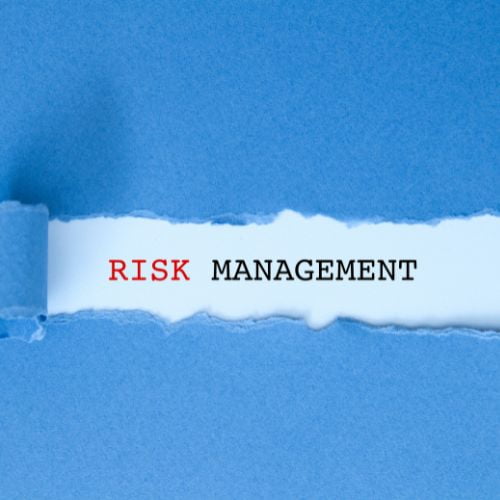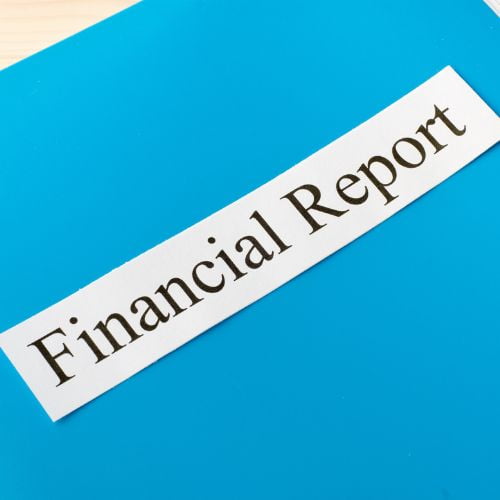Want to make tracking your fleet so much easier? Read this article now to find out why asset tracking solutions are the way forward!
The Future Of Asset Tracking And How It Is Shaping The Industry
The Future Of Asset Tracking And How It Is Shaping The Industry
The world of asset tracking has grown and developed immensely over the last few years. There’s every indication that the growth and development will continue. As a result, many new technologies that are found in science fiction books may become reality. Better, more effective solutions could appear, and more productive and efficient asset tracking operations may be common.
Let’s take a look at what the future of tracking assets may hold and how the industry could be shaped.
Better Asset Location Tracking
It’s very likely that it will be far easier to track the location of your assets. At the time of writing (August 2023), the use of RFID tags is coming into fruition. Many businesses use tags such as these, but they are still unknown to others. With the use of RFID tags in addition to more accurate asset tracking, locating your equipment could be simple. In the future, you may be able to pinpoint exactly where your assets are. This could increase productivity and improve security in every location.
Improved Asset Utilisation
Assets will be used more effectively and efficiently. It could be possible to see which assets are used frequently and which are left behind. More information about each asset could be available, allowing businesses to use them in new ways.
The assets that have stood still are more likely to be used as costs continue to rise. Even if costs start to fall, by the time that they do, businesses will be used to working more efficiently.
Receiving More Data About Each Asset
Tracking in new ways, not just the location but also how it is used, where, why, and by whom. Also how long it is used for and if it is required in multiple locations. With this comes the creation of a lot of data. It’s this data that can help any business anywhere in the world to learn more about itself. With this knowledge, any business can see which area they are automatically going in. It may also be possible to see whether a business is reaching its target market. With this information, it’s likely that businesses that aren’t appealing to their chosen demographic can start a new marketing campaign. Alternatively, they may even wish to change their chosen demographic. It’s information such as this that can be vital.
- Other information gained from the new data can show
- Which supplier is more reliable
- Which customers pay on time
- The members of your team who are the most efficient
- The machinery and tools that are hardly ever used
With the above information, businesses can gain an insight into how they are performing. As a result, there’s a real possibility that they can make changes for the better.
An Increase In RFID Tags Used In The Workplace
As we have already seen, the world of asset tracking has started to see an increase in the use of RFID tags. It’s very likely that this increase will continue. Tags such as these are very useful as they can store a lot of information and be used in a wide variety of businesses. The increase in the use of RFID tags can help with tracking assets, identifying them, and so much more.
One of the major benefits of using tags such as these is that they are robust. When manufactured to a high standard, the tags can be affixed to almost any surface. As a result, many businesses may affix the RFID tags to:
- Trucks and other vehicles
- Facilities such as office buildings, outbuildings, and warehouses
- Machinery, equipment, tools, and computers
- Books, projectors, sports equipment, desks
- And so much more.
Regardless of which industry you work in, it’s likely that the use of RFID will grow. Once they are affixed to the assets in question, they could remain in place for a very long time. As a result, tracking and managing an asset and receiving a lot of information about it could be very simple.
The Continued Growth And Use of Artificial Intelligence
Artificial intelligence is here to stay. We have seen vast growth in the world of AI and it’s very likely that industries will start to use it. The asset tracking industry is likely to use AI to its advantage. This could ensure that it’s easier than ever to gain an abundance of information about assets. AI could take those repetitive processes and automate them. You could receive alerts about order updates and deliveries. Asset maintenance could be automated, resulting in all of your assets being in better condition all of the time.
We cannot say for certain what the future of asset tracking holds. However, it’s likely to offer better tracking and utilisation, an increase in RFID tags, and much more AI being used in the workplace. As a result, the future of the industry could be shaped to become more efficient and productive for all. This is something that most of us could benefit from.
Wish to chat with a specialist about the future of asset tracking and how it is shaping the industry? Contact us today at team@itemit.com.
The Future Of Asset Tracking
Choose a better way to track your assets
Start your free 14-day trial now
Instant access. No credit card details required.
Related articles
How To Track Your Fleet’s Location
Why An Equipment Borrowing System Is Good For Libraries
Use equipment loan software that could be better? Read this article now to find out how using a new borrowing system could help immensely!
Use QR Code Asset Tracking To Keep Your Business Organised
Read this article to find out how QR code asset tracking can help keep your business organised. No matter what type of business you run, QR codes can help!





